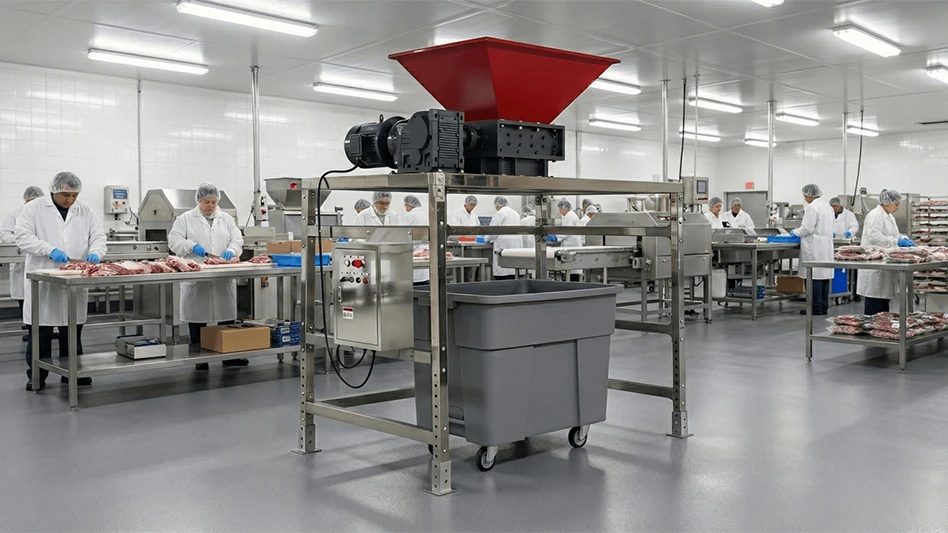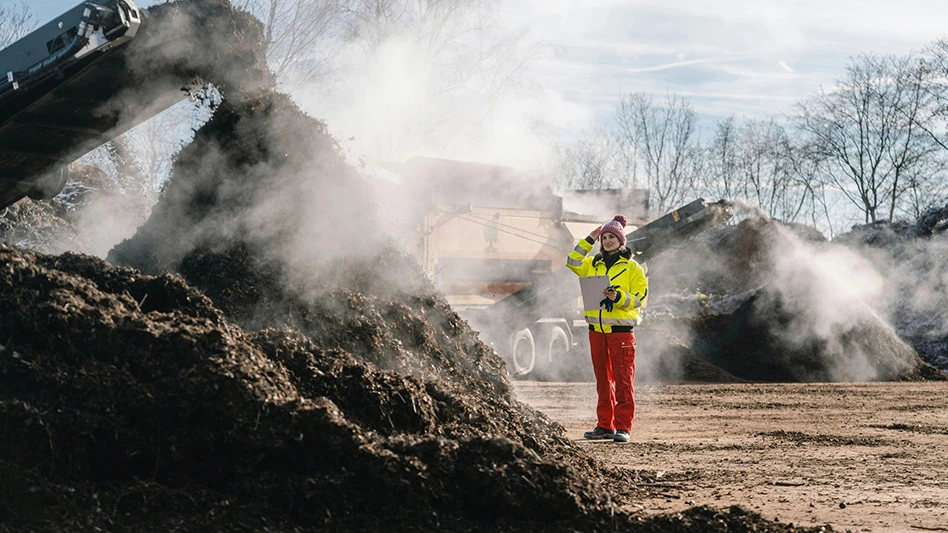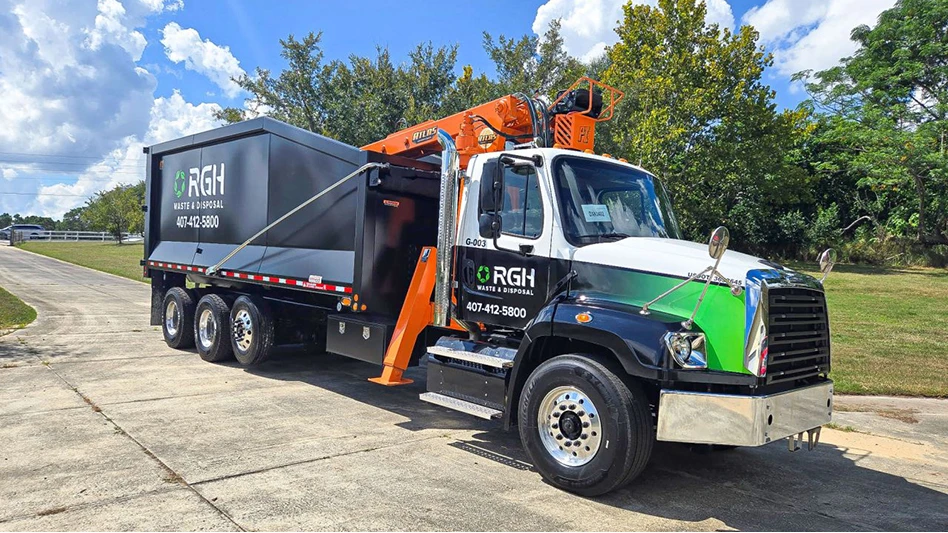
Now, processing mixed waste is attracting more attention, both for materials recovery and for a more consistent feedstock for fuel use or feedstock for conversion to gas or chemicals. In California, where there is a high landfill diversion requirement, many (mostly private) solid waste service providers process out recyclables from mixed waste at levels much greater than can be achieved by first and second generation recycling programs. There now are some 31 “dirty material recovery facilities” in California. And there are many equipment/system suppliers that can offer very comprehensive processing systems. These systems maximize recovery of materials from processing mixed waste as well as prepare an RDF (refuse-derived fuel) feedstock that has low residue content and small particle size, and can even be dried to enhance its fuel qualities. Mixed waste processing and RDF production are taking off elsewhere, too. In a recent trip to Europe, I saw RDF feedstocks prepared and used in cement kilns and solid-fuel-fired boilers as a renewable fuel replacement for coal.
An alternative approach to producing RDF for firing in coal-fired boilers is first converting MSW to a biocoal through a long-standing process called torrefaction. This approach has been piloted in Israel by an Israeli company (EB Clean Energy), whose founder is now at Michigan Technological University to further prove its concept. This approach promises to produce an MSW-derived product more similar to coal than processed RDF and possesses additional post-combustion attributes regarding emission constituents.
With today’s better systems to process mixed waste, extract materials and leave a refined fuel feedstock, it’s time to revisit mixed waste processing and the use of RDF (or biocoal, once developed and proven further) in existing solid-fuel-fired boilers. Today, solid-fuel-fired boilers burn 975.6 million short tons per year of coal. At a 10 percent heat rate replacement for coal, RDF production potential matches up nicely with potential supply from processing mixed waste. The siting and capital cost of building new combustion/conversion units could be avoided, though there would be the capital and operating cost for producing the fuel and retrofitting the boilers.
But from an air pollution perspective, adding RDF as a supplemental fuel would have benefits. Generally, RDF has lower sulfur content and, according to the U.S. Department of Energy and Enivornmental Protection Agency, is approximately 50 percent renewable.
Also, another 5 to 15 percent of the input could be recovered as recyclables and sold at values that are an order of magnitude higher than estimates once made in the 1970s. With these benefits, mixed waste processing and RDF production could have a bright future—brighter than the rather mixed past.
Harvey Gershman, hgershman@gbbinc.com, is president of Gershman, Brickner & Bratton Inc., solid waste management consultants.
Latest from Waste Today
- New York finalizes greenhouse gas emissions reporting regulations
- EPA selects 2 governments in Pennsylvania to receive recycling, waste grants
- NWRA Florida Chapter announces 2025 Legislative Champion Awards
- Yolo County reports fatality at Central Landfill
- New Way expands Canadian presence with Joe Johnson Equipment partnership
- Buffalo Biodiesel shares updates on facility modernization, NYSDEC compliance
- CETY launches HTAP platform for anaerobic digestion facilities
- Terex Ecotec announces Blue Machinery as distributor





